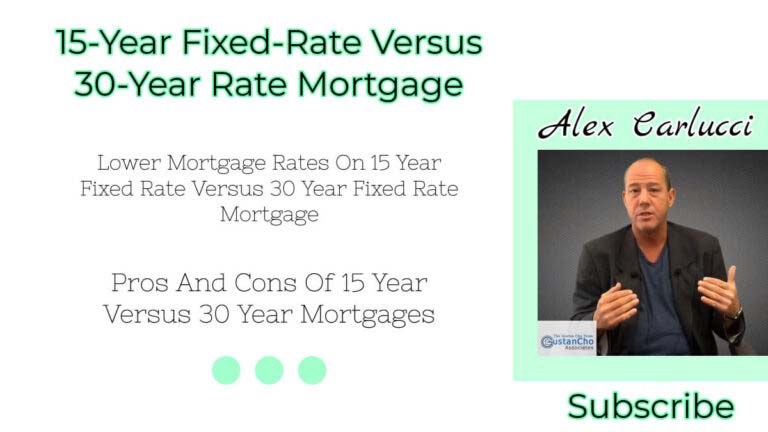Financing Owner-Occupant Homes Versus Non-Owner Properties
This guide covers owner-occupant homes versus non-owner properties. Financing owner-occupied homes offers the best interest rate, the lowest down payment requirement, a higher debt-to-income ratio, and the best mortgage terms out of all mortgage loan programs.
Mortgage lenders view owner-occupied home financing loans as less risky than second-home and investment home mortgages.
The reason is that the owner-occupant home borrower is less likely to default on their primary residence. Chances are that homeowners will likely default on their second homes or investment properties in the event of financial distress. There are strict mortgage guidelines on how a home is classified as owner-occupied homes versus investment property. In the following paragraphs, we will cover financing owner-occupant homes versus non-owner properties.
Financing Government-Backed Mortgage Loans
FHA loans are one of the most popular mortgage loan programs. It offers home buyers with less-than-perfect credit and high debt-to-income ratios the opportunity to become homeowners with only a 3.5% down payment and a 580 credit score. However, FHA loans are only available to owner-occupied homeowners.
FHA loans are not available for second-home buyers and investment property buyers. All government loans are for owner-occupant home financing only.
VA, FHA, and USDA do not permit non-owner-occupant financing. Financing for owner-occupant and non-owner homes (such as investment or rental properties) can differ due to varying risk profiles and purposes.
An owner-occupied home is classified when the buyer intends to live in the home they are purchasing. Homeowners must occupy the home at least six or more months out of the year. Owners cannot rent owner-occupied homes for at least one year from closing. There are different types of occupancy on residential mortgages:
- Owner-occupied mortgage
- Second-home mortgages
- Investment Home Loans
Homebuyers applying for FHA loans need to intend on living in a new home. Homebuyers cannot lie on a mortgage application and apply for an owner-occupied home mortgage loan and then turn around and rent it out without having the intent of living in a new home purchase.
Case Scenario Financing Owner-Occupant Homes Versus Non-Owner Properties.
Let’s take a case scenario: Borrowers applying for an FHA loan. The borrower intends to live in a new home. Then change their minds and intend on not living there due to a job transfer, a separation, or other extenuating circumstances. In this scenario, it is fine. Mortgage lenders require that homebuyers live in an owner-occupied home for at least one year. After the one-year seasoning, they can rent it out and purchase another owner-occupant residence.
Financing New Owner-Occupant HomesWithout Selling Exiting Home
In this particular scenario, a home buyer will not qualify for the second home as an owner-occupied home. This is because it is close and similar in size to the first owner-occupied home.
Case Scenario on Financing Owner-Occupant Homes

The borrower would need to qualify for both housing payments in the debt-to-income ratios qualification.







